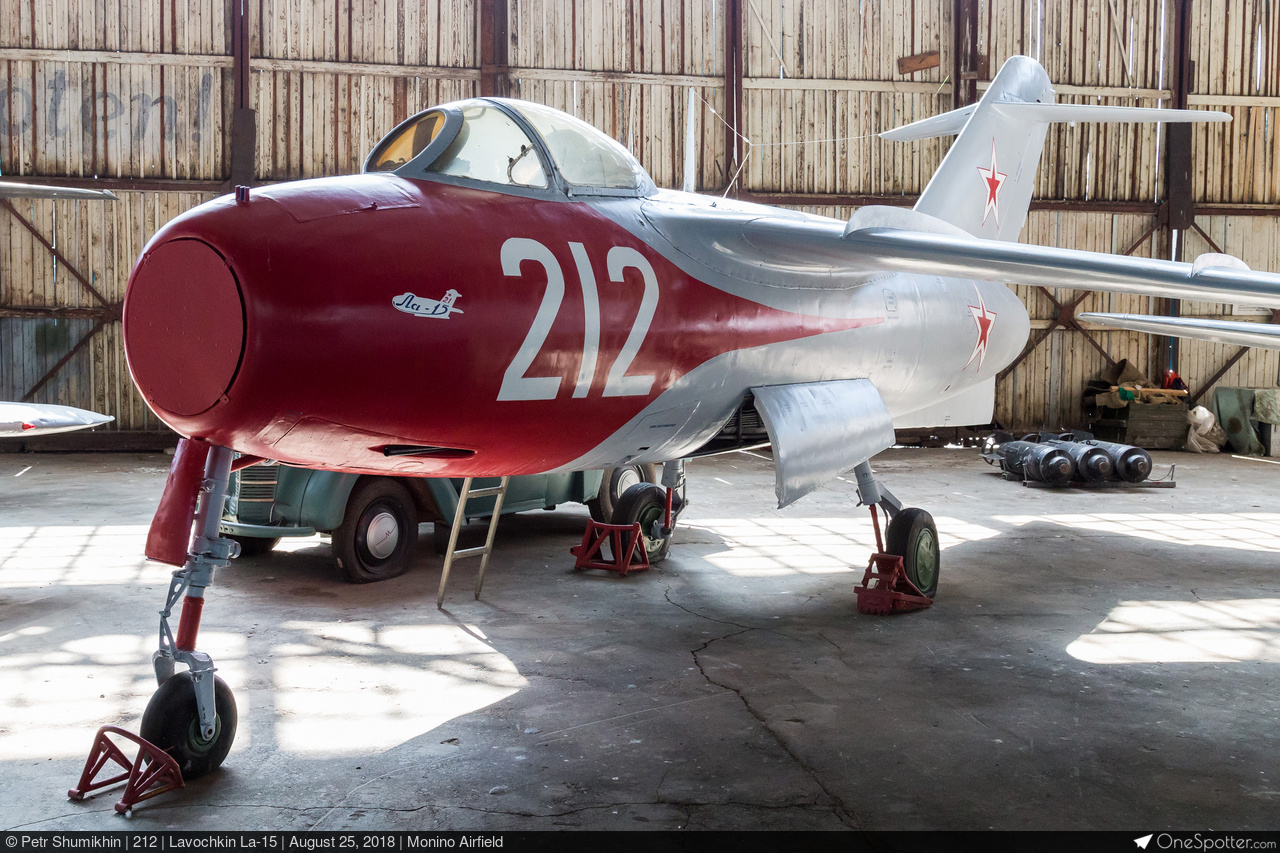The Lavochkin La-15, though often overshadowed by its more famous counterpart, the MiG-15, was a significant milestone in the evolution of jet aircraft. Developed by the Lavochkin Design Bureau in the late 1940s, the La-15 was one of the Soviet Union’s early attempts at creating a jet-powered fighter. This article explores the history, design, capabilities, and legacy of the Lavochkin La-15.

A Brief History
The development of the La-15 began in the aftermath of World War II, during a period when jet propulsion was rapidly advancing. The Soviet Union, keen to match the technological advancements of the West, launched several projects to develop jet fighters. The Lavochkin Design Bureau, led by Semyon Lavochkin, was tasked with creating a high-performance jet aircraft that could serve in various roles, from air superiority to ground attack.
The La-15 first took to the skies on January 8, 1948. Despite its promising performance, it faced stiff competition from the Mikoyan-Gurevich MiG-15. Ultimately, the MiG-15 was chosen for mass production, and the La-15 was produced in limited numbers, with only about 235 units built.

Design and Technical Specifications
Airframe and Design
The La-15 featured a distinctive design with a highly swept wing and a podded engine configuration. Its fuselage was sleek and aerodynamically efficient, designed to minimize drag and maximize speed. The aircraft’s wings were set at a 37-degree angle, providing excellent performance at high speeds and altitudes.
Powerplant
The La-15 was powered by a single Klimov RD-500 turbojet engine, a Soviet-built version of the British Rolls-Royce Derwent engine. This engine produced 3,159 pounds of thrust, allowing the La-15 to reach a maximum speed of 1,020 km/h (634 mph) and an operational ceiling of 15,500 meters (50,855 feet). The aircraft had a range of approximately 875 kilometers (544 miles), making it suitable for a variety of missions.

Avionics and Armament
The La-15 was equipped with basic avionics for its time, including a radio, a gun sight, and navigation instruments. Its simplicity was both an advantage and a limitation, as it allowed for easy maintenance but limited its operational versatility.
The aircraft’s armament consisted of three 23mm NR-23 cannons, mounted in the nose. These cannons provided a formidable punch, capable of destroying both aerial and ground targets. The La-15 could also carry a small payload of rockets or bombs, enhancing its ground-attack capabilities.

Operational History and Performance
Limited Service
The La-15 entered service with the Soviet Air Force in 1949, primarily serving in air defense units. Its operational history was relatively short, as it was soon overshadowed by the MiG-15, which offered similar performance but was easier to produce and maintain. Despite this, the La-15 was well-regarded by pilots for its handling and agility.
Combat Performance
While the La-15 did not see extensive combat, it participated in several training exercises and intercept missions. Pilots praised its maneuverability and speed, noting that it could hold its own against contemporary fighters. However, its limited range and payload capacity restricted its versatility in prolonged engagements.
Legacy and Impact
The Lavochkin La-15, though not as celebrated as other Soviet jet fighters, played a crucial role in the development of jet aviation. Its design and performance influenced subsequent aircraft, and its development provided valuable experience for the Soviet aerospace industry.
Technological Contributions
The La-15’s swept-wing design and podded engine configuration were innovative for their time and contributed to the understanding of jet aerodynamics. These design elements would later be refined and incorporated into more advanced aircraft.
Influence on Future Developments
While the La-15 was not produced in large numbers, its development paved the way for future Soviet jet fighters. The lessons learned from the La-15 program informed the design and production processes of later aircraft, contributing to the Soviet Union’s advancements in aerospace technology.
Conclusion
The Lavochkin La-15, though often overlooked in the annals of aviation history, remains a testament to the ingenuity and ambition of Soviet aerospace engineering during the early Cold War period. Its development and service, albeit limited, provided crucial insights that helped shape the future of jet aircraft design. As a pioneering jet fighter, the La-15 holds a unique place in the story of military aviation, representing both the challenges and triumphs of an era marked by rapid technological progress and fierce competition.





